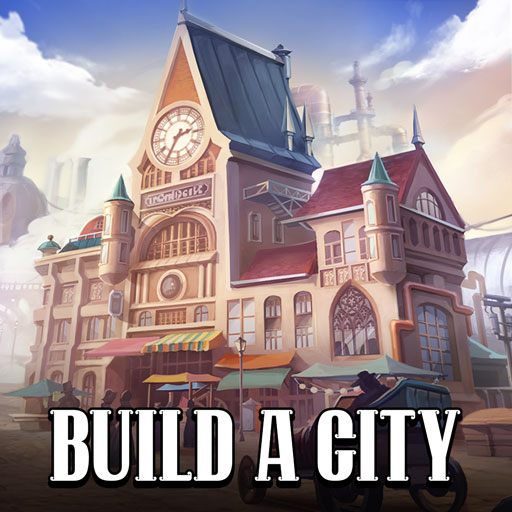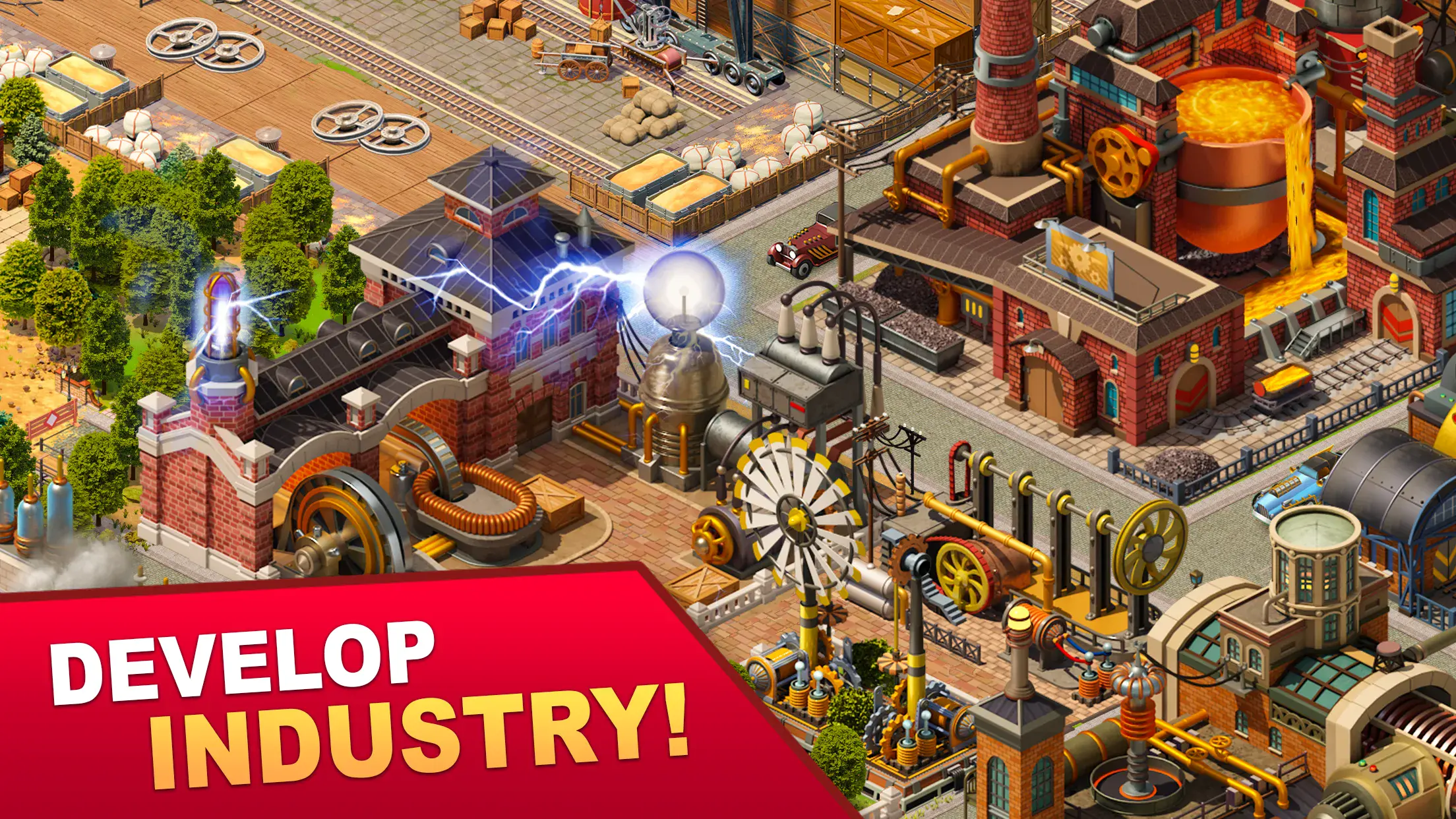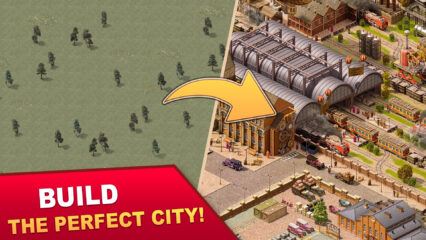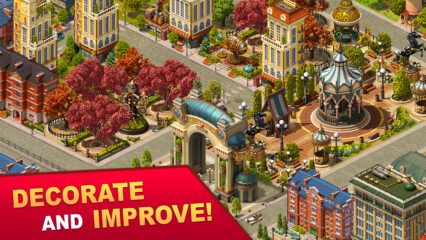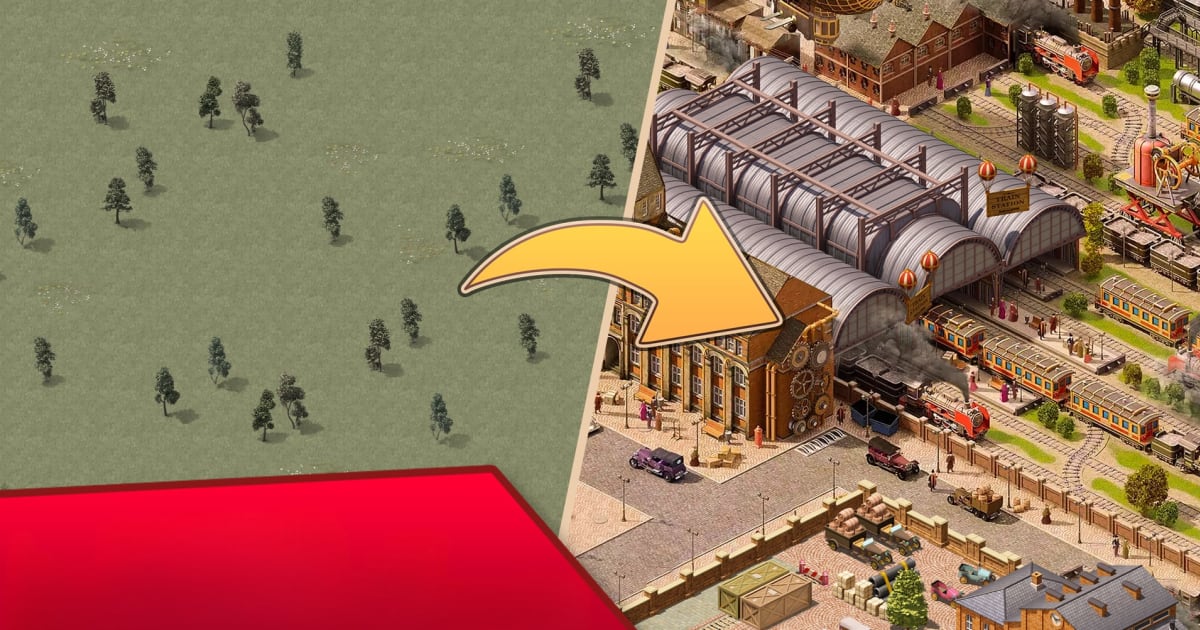Top Beginner Mistakes to Avoid in Steam City: City building game
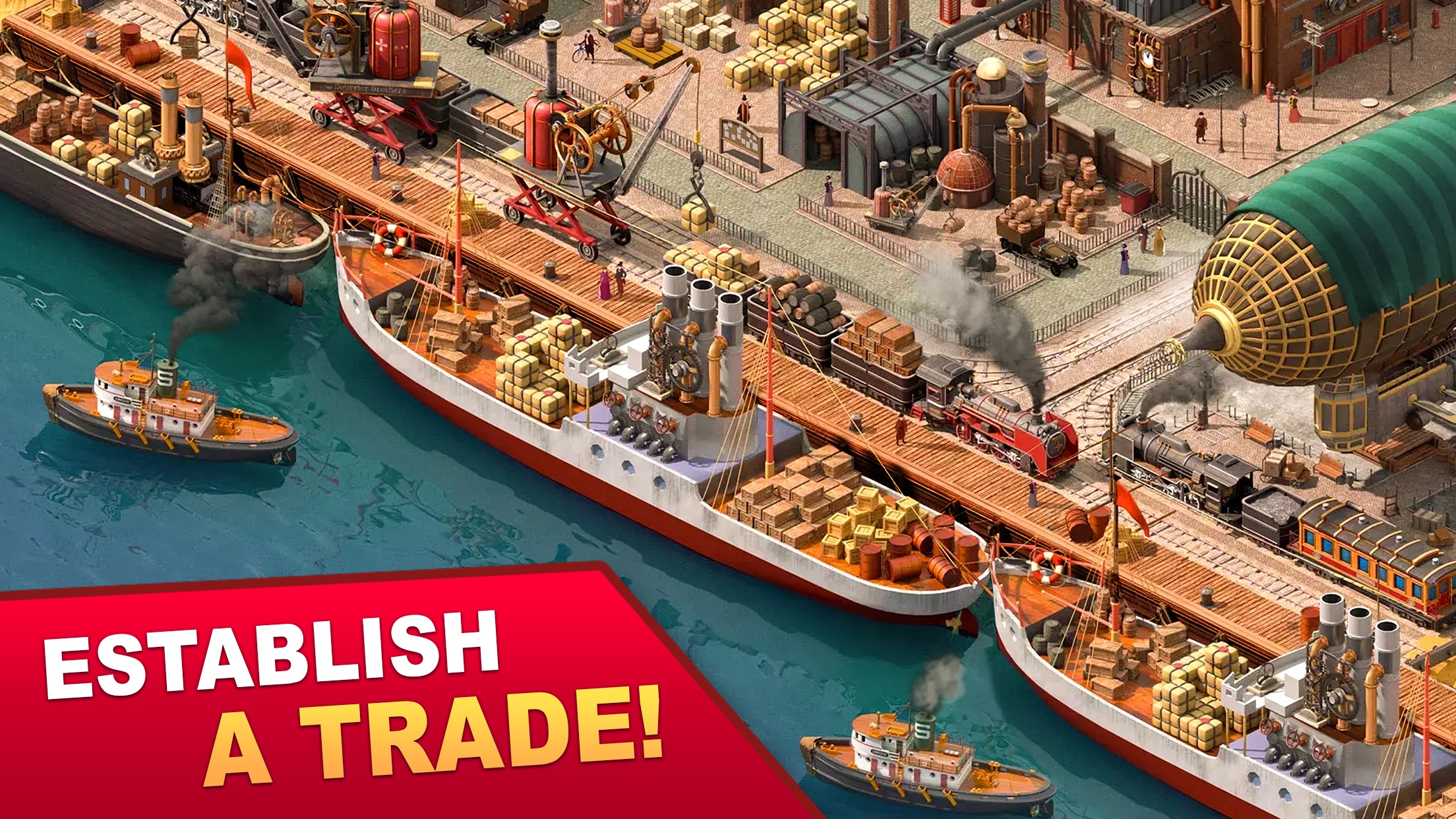
Steam City: City Building Game immerses players in a steampunk-inspired world where managing resources, expanding a thriving town, and optimizing your layout is key to success. However, as with many city-building games, it’s easy for new players to fall into common pitfalls that hinder progress, waste resources, or create inefficiencies that become difficult to correct later. To help you build your ideal Steam City: City building game smoothly, here are the most common beginner mistakes to avoid, and how to fix or avoid them. Let’s begin!

-
Poor City Layout Planning
One of the biggest mistakes players make early in the game is not planning their city layout. Steam City: City building game relies on strategic placement of buildings, especially in terms of roads, energy connections, and influence radii. New players often place structures randomly, which leads to overcrowded zones, inefficient paths, and buildings being out of range of key services like power plants or storage depots.

Take a moment to envision your perfect city grid. Place critical buildings like generators and storage facilities in strategic places. Allow room between blocks for future upgrades or infrastructure. Utilize symmetry and rows to your advantage. Think long-term about the potential expansion plans. Even if you don’t have enough buildings yet, preparing empty plots will make future expansion far more efficient.
-
Focusing on One Resource at a Time
Another early mistake is focusing too much on one type of resource, such as metal or steam, while ignoring others like wood, coal, or food. Each resource has a purpose, and overproduction without a way to store or use materials leads to waste. Simultaneously, a shortage of one key input can halt your entire economy. Monitor your resource flow carefully.
Build storage facilities early and keep track of your input/output rates. Aim to maintain the supply and demand for any important resource. For example, if you have a coal mine, make sure you also have a way to consume or trade that coal efficiently. Don’t let any resource become a bottleneck.
-
Do not Multi-Task in the Early Game
If you’re a beginner, then you must relate to how frustrating it can get to get a single upgrade done. This is because you have a limited number of workers that you can assign, and it’s pointless to spend any Cash when the upgrade timers are just in minutes. Our best advice to players would be to simply wait. The game is not designed to be completed in a day. You can play other games while your buildings are being upgraded, or perhaps on some other tasks such as resource collection and management.

-
Drifting Away from the Main Tasks
In Steam City: City building game, players are given unforseen amounts of liberty as to what they want to with their city, and how they want to expand. Yes, some content and buildings is kept locked for new players but most of the content remains open from the get go. While this can promote individuality and creativity of the players, but it can also cause problems at the same time for those who are unaware how to progress.

The game offers different tasks that rewards you handsomely. These tasks can be seen by clicking on the magnifying glass button. Make sure to not drift away from completing these tasks time to time as it can cause you multiple setbacks.
-
Not Binding Account
Since Steam City: City building game is an online game, players often mistake that their progress will be saved. You need to bind your account with either a Google ID or an email ID. This will ensure that your progress gets saved, and you will also be rewarded for the same in the form of premium currency. It is always recommended to do so if you’re serious about building and expanding the city, as each upgrade takes exponentially more time.
Players can enjoy playing Steam City: City building game on a bigger screen of their PC or Laptop via BlueStacks along with your keyboard and mouse.
Keep progressing in Steam City: City building game with our other in-depth guides:

